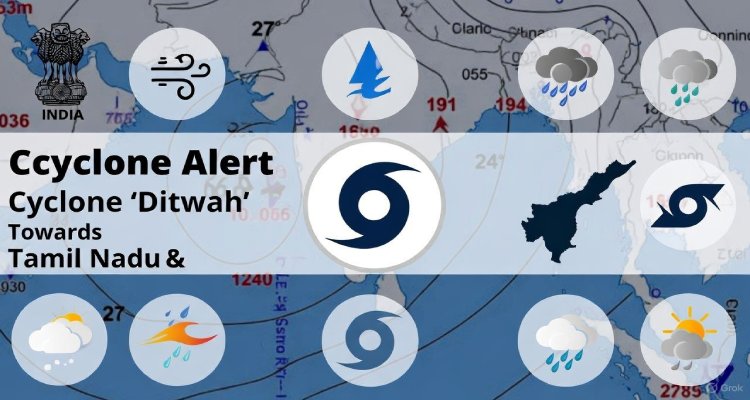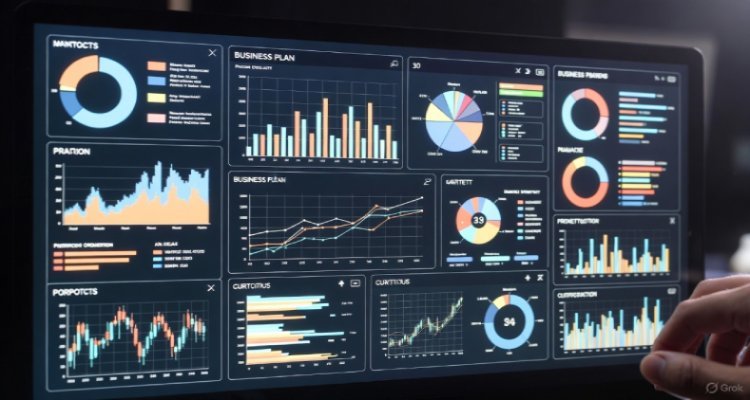From Clinic to Community: Today’s Top Health Headlines
From rising chronic diseases to tech-driven solutions and public health wins, explore today’s most critical health headlines shaping communities across the nation.
A New Pulse: The Shift in Public Health Priorities
As healthcare systems across the U.S. evolve, the focus is shifting from hospital-centric care to a broader community-based approach. Today’s top health headlines spotlight a transformation fueled by innovation, rising chronic conditions, and renewed urgency around public wellness. From the spread of mental health initiatives to the rise of AI-driven diagnostics, the nation’s health priorities are changing — fast, and for good reason.
Behind the Headlines: A Country in Health Transition
In the past decade, healthcare has undergone a massive overhaul. The Affordable Care Act and pandemic-induced reforms ushered in new policies to increase access and emphasize preventative care. But challenges remain. Chronic diseases like diabetes and hypertension are surging, especially in underserved communities. Meanwhile, health misinformation continues to thrive online, contributing to vaccine hesitancy and delayed treatments.
As hospitals struggle with staffing shortages and burnout, many are investing in community outreach programs and digital platforms to decentralize care. This shift isn’t just ideological — it’s practical and necessary.
Key Developments Reshaping the Health Landscape
1. AI Tools in Diagnostics Go Mainstream
From detecting breast cancer in mammograms to predicting strokes before they happen, artificial intelligence is revolutionizing diagnostics. Just this week, the FDA approved a new AI-powered tool that helps primary care physicians screen for diabetic retinopathy — a condition that causes blindness and often goes undiagnosed in early stages. These tools are helping clinicians make faster, more accurate decisions, especially in areas with limited specialist access.
2. Mental Health Gains Federal and Corporate Support
Mental health is finally receiving the national attention it deserves. The Biden administration recently proposed an additional $4.5 billion in funding for behavioral health services, while major corporations like Google and Amazon are rolling out expanded wellness programs for employees. Public schools, too, are joining in: New York City announced plans to station licensed therapists in every public high school by 2026.
3. Rural Health Clinics on the Rise
In response to rural healthcare deserts, nonprofit partnerships are establishing mobile clinics and telehealth networks. In Alabama, a new fleet of mobile clinics is providing prenatal care to pregnant women in counties where no obstetricians remain. These grassroots efforts are helping fill the vacuum left by hospital closures, which disproportionately impact Black, Indigenous, and Latino populations.
4. Vaccination Rates Climb, But Gaps Remain
Despite ongoing misinformation campaigns, the U.S. saw a modest rise in childhood immunization rates this spring, thanks in part to targeted awareness campaigns led by pediatricians and community leaders. However, states like Texas and Florida still report significantly lower coverage, especially among low-income and immigrant populations.
Expert Voices and Public Sentiment
Dr. Laura Simmons, a public health researcher at Johns Hopkins University, emphasizes the importance of combining high-tech solutions with local engagement:
“We can’t rely on apps and algorithms alone. Health happens in the home, the school, and the neighborhood. That’s where trust is built — and where outcomes improve.”
Meanwhile, community leaders are seeing the benefits firsthand. Tamika Johnson, a nurse practitioner in Detroit, runs a weekly health pop-up in her neighborhood park.
“When people see us show up — not just in scrubs, but as neighbors — it changes everything. We’re not just treating symptoms. We’re building relationships.”
What’s Next: Implications for the American Public
This community-first approach is expected to accelerate. Policymakers are already exploring ways to expand Medicaid-covered community health worker programs and integrate social determinants of health into routine care assessments. More insurance providers are covering services like home visits and nutritional counseling, aiming to reduce long-term costs by tackling root causes early.
Still, challenges lie ahead. Cybersecurity remains a threat as digital health records and remote tools become standard. Meanwhile, funding shortfalls and political pushback may delay full-scale implementation of some community health programs.
But the momentum is clear: healthcare is moving beyond the clinic walls.
Final Thoughts: Bridging the Divide Between Policy and People
Today’s top health headlines reflect more than just news — they reveal a system in motion, shaped by science, policy, and the people it serves. From high-tech breakthroughs to low-tech neighborhood check-ins, the American health narrative is evolving toward one of inclusion, prevention, and accessibility.
For communities long left behind, this shift could mark a turning point. For policymakers, it’s a call to action. And for all of us, it’s a reminder: better health starts not in the operating room, but right at our doorstep.
Disclaimer: This article is for informational purposes only and does not constitute medical advice. Consult a healthcare professional for personalized care.











